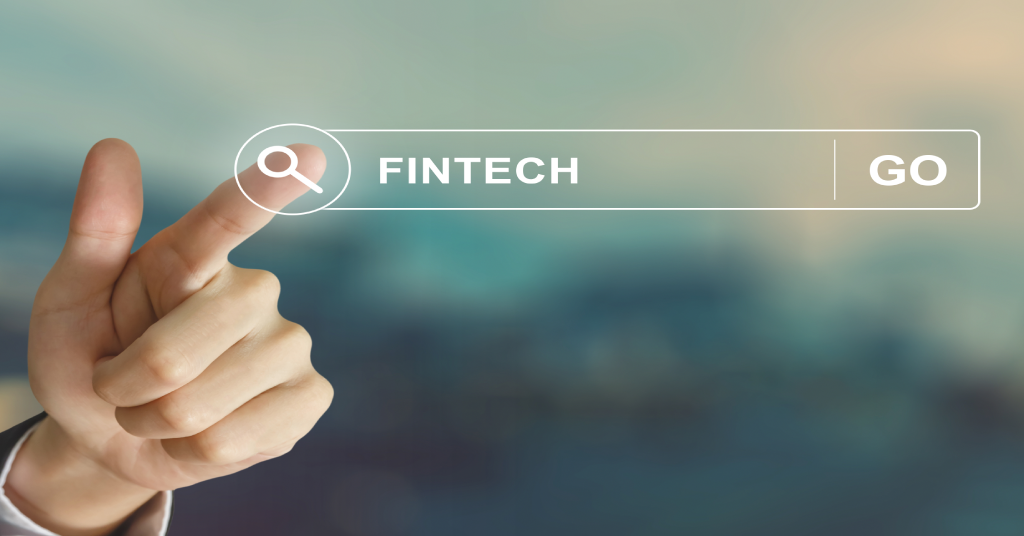
Tachat Igityan
CFO destream
According to the UN, the creative economy industries generate annual revenues of $2.25 trillion and account for 30 million jobs around the globe. The creative economy contributes to the GDP and sits at the intersection of economics, innovation, social value, and sustainability. Such industries include visual arts, advertising, architecture, books and media production, gaming and movies, music and performing arts, radio, and TV.
Let’s see how Fintech impacts creative economy development.

How fintech helps to develop the creative economy. Source: depositphotos.com
Creators and the economic impact
More than 20 million people consider themselves creators on Youtube, Instagram, Twitch, TikTok, and other social media platforms, and 2 million of them make 6-figure incomes. During the pandemic, many people were forced to look for alternative revenue streams, and Generation Z does not want to follow the traditional employment norms of hourly wages and scheduled workweek. For instance, popular Twitch streamers need to work full-time: to earn an average of $3000-$6500 per month they play online for at least 40 hours per week. Creators receive money by promoting other products and services in their content, at the same the social media platforms increase incentives, build loyalty programs, and launch new monetization features.
The modern digital landscape offers unlimited opportunities for content generation. For instance, writers can publish their work on Medium, Revue, Letterdrop, Steady, Tales, musicians work on Splice, Stem, Sonix, GarageBand, Mastered, and streamers use Twitch, Youtube, Trovo, Crowdcast.
The amount of money content creators can make depends on their following, industry, location, and engagement rates. However, big tech platforms, including Youtube and Twitch, left content creators with few, if any, ways for direct monetisation. Bloggers and creators need to calculate the hidden fees to understand the real amount of money they can get out of donations, subscriptions, or any monetisation programs. Donations are a popular way to support streamers with a one-off payment, however, payment systems like PayPal have additional fees – now the platform is charging 2.89% of the donation, plus a $0.49 fixed fee.
Getting paid for creative work
Payout rates are determined by the platforms depending on views and user engagement, but sometimes they do not have a very straightforward policy, therefore it is difficult for creators to project a steady income. When bloggers get consistent monetization opportunities with large brands they receive solid income streams, at the same time marketing departments often make payments with delays, and the invoicing can take up to 90 days.
Banks tend to be conservative and don’t understand the concept of donations, which makes it difficult for bloggers and streamers to receive payments and withdraw them from social media platforms. At the same time, for many people, creating high-quality content on online platforms is becoming the main source of income, for instance, according to Indeed, full-time bloggers make over $37,000 per year, and the larger their audience, the more chances they have to receive large payments from donations and platform subscriptions. So fintech platforms are powering the creator economy by offering new payment solutions. At the same time it is very perceptible not just in developed countries but also in emerging markets, where people connect to the internet mostly via smartphones and do not have access to adequate banking infrastructure. This way, the audience for creators is higher in emerging markets than anywhere else, with approximately 1.8 billion smartphone users.
Financial solutions for creators
Due to varying workload and income streams, all gig workers are considered contractors and have a disadvantage in terms of worker rights and protection, health insurance, and access to banking services. Certain benefits and wellness platforms, such as Catch, Avibra, and Jauntin, offer health services programs for a monthly subscription fee without a deductible. Thanks to this kind of solution creators can minimize the impact of urgent healthcare expenses, however, there are still not enough options for the creative worker’s category on the market.
Fintech platforms like Willa, Karat Finance, and destream provide banking services to the creative class. Bloggers and influencers face problems when applying for regular business cards since banks often do not accept the new creative economy paradigm. For instance, the Stanford graduate Alexandra Botez who earns six figures playing chess on Twitch was rejected twice when she tried to apply for a credit card. The Karat card has some requirements: it is aimed at full-time creators with at least 100,000 followers, and the average cardholder has 1.8M followers across socials. Willa is an app helping influencers to request payments from agencies and brands.
Creators can use the new bank card from destream specially designed for bloggers and influencers. Destream is a tipping platform to increase content creator revenue; it allows bloggers and streamers to receive donations for content generated on popular social media, including Twitch, Youtube, Facebook, etc. Content creators can receive donations made through different social media platforms on destream and manage the payment with the new debit card.
The future of fintech tools for creators
As the creator economy continues to expand, more individuals will be able to qualify for banking services and new lending products will help creators build credit as individuals or business entities. Fintech companies can address directly the core needs of this new audience and opt for multi-service banking features.
There are multiple ways to get revenue for creative work, however, we can see a shift towards community-based tools instead of direct advertising. Donations help to improve the quality of the content and bloggers can bring it to a new professional level. And with the development of content creation and financial tools, we will see more competent players on the market.
SEE ALSO:









